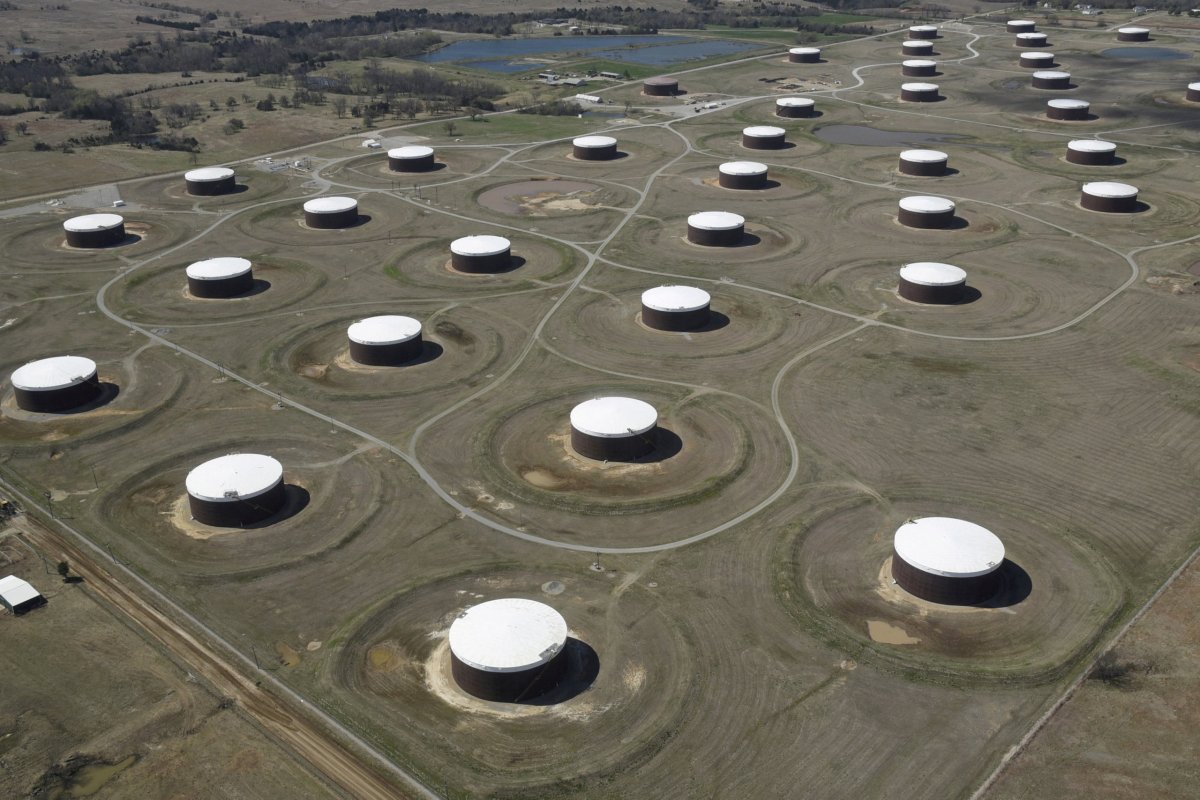By Stephanie Kelly
NEW YORK (Reuters) – Oil prices fell on Monday after data suggested inventories at the U.S. crude delivery hub rose in the latest week, compounding worries that troubled emerging markets and trade tensions will dent the outlook for fuel demand.
Brent crude futures
Prices fell earlier in the session by more than $1 a barrel after inventories at the Cushing, Oklahoma, delivery hub for WTI rose by about 1.7 million barrels in the week through Aug. 10, traders said, citing data from market intelligence firm Genscape.
Crude inventories at Cushing have been dwindling, in part due to an outage at an oil processing facility in Canada that has reduced the flow of crude into the hub. The Canadian Syncrude processing facility has begun ramping up light oil production and was expected to return to full production in September.
“Cushing may finally start to replenish from critically low inventory levels,” said John Kilduff, a partner at Again Capital Management in New York.
Turkey’s financial crisis has raised the risk of contagion throughout emerging economies, dragging down South Africa’s rand, Argentina and Mexico’s pesos and the Russian rouble. It has also dented emerging market stocks while curbing growth and the outlook for oil demand.
That is compounding worries that a deepening trade war between the United States, China and the European Union will squeeze business activity in the world’s biggest economies.
Turkey is a relatively small oil consumer, accounting for less than 1 million barrels per day (bpd), or around 1 percent of global demand. However, contagion concerns are prompting risk-off sentiment, Jim Ritterbusch, president of Ritterbusch and Associates, said in a note.
“The energy complex is being increasingly jostled by fresh daily headlines that don’t necessarily have much effect on current supply or demand on a short term basis but could dramatically affect oil balances when looking down the road just a few months,” he said.
The Organization of the Petroleum Exporting Countries forecast lower demand for its crude next year as rivals pump more and said top oil exporter Saudi Arabia, eager to avoid a return of oversupply, had cut production.
In a monthly report, OPEC said the world will need 32.05 million bpd of crude from its 15 members in 2019, down 130,000 bpd from last month’s forecast.
U.S. oil production from seven major shale basins was expected to rise 93,000 bpd in September to 7.52 million bpd, the U.S. Energy Information Administration (EIA) said.
(Reporting by Stephanie Kelly in New York, Christopher Johnson in London and Henning Gloystein in Singapore; Editing by Marguerita Choy and Jan Harvey)
















